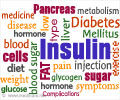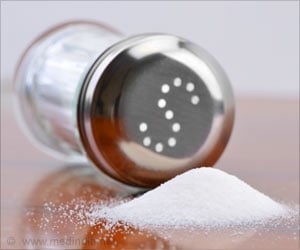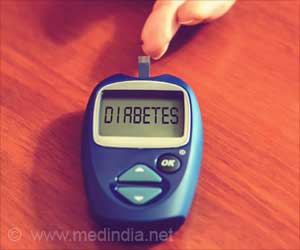A study analyzed the association between insulin resistance in type 2 diabetes (T2D) and stroke risk using their health records with patient’s waist circumference, HbA1c (average blood sugar level), and blood pressure level.

Estimated glucose disposal rate (eGDR) is used as a measure of insulin resistance. It is calculated using a formula that factors in a patient’s waist circumference, HbA1c (average blood sugar level), and whether they have high blood pressure.
Researchers used health records to calculate the eGDR of 104,697 T2D patients in Sweden. The participants had an average age of 63 and 44.5% were female.
They were followed up for an average of 5.6 years, during which 4,201 (4%) had a stroke.
The analysis also revealed that the higher a person’s insulin resistance, the greater their chance of having a stroke. Those with the lowest insulin resistance (the highest eGDR) were 40% less likely to have a stroke than those with the highest insulin resistance.
They also found that higher insulin resistance was linked to a higher risk of death after a stroke. Those with the lowest resistance were 28 per less likely to die during the follow-up period than those with the most severe insulin resistance.
Advertisement
In individuals with type 2 diabetes, eGDR can be used for better understanding and management of their stroke and death risk.
Advertisement
Source-Medindia















